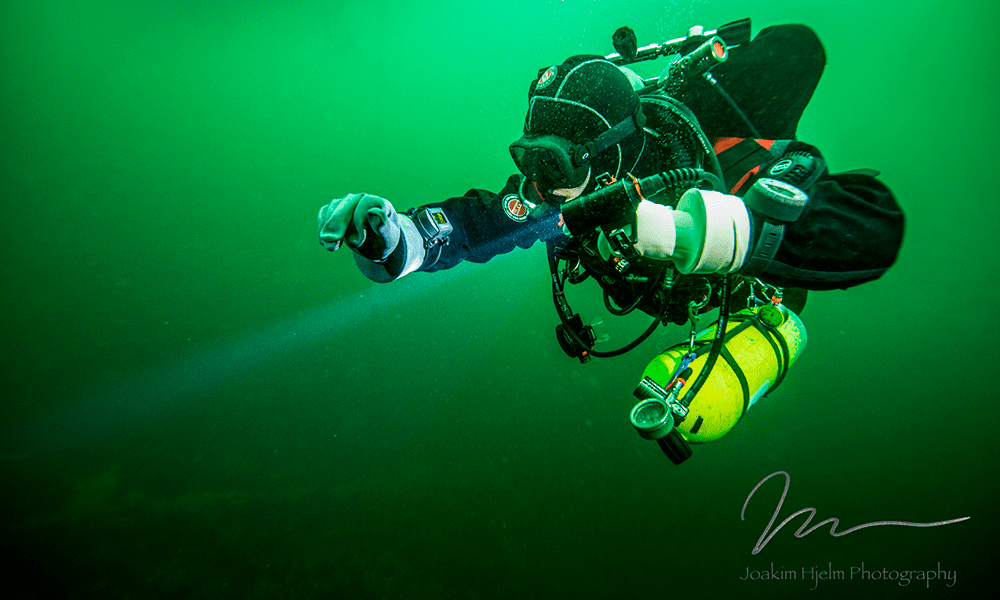old frogman
Contributor
While on GF, there is an interesting article by Kevin Gurr "Variable gradient model: An approach to create more efficient decompression". In Depth Magazine July 2, 2019.It appears that you are now gradually concluding that staged decompression is the way to go.
The VGM was available on the later models VR3 and VRX dive computers.
https://www.bing.com/ck/a?!&&p=11ed...c2lvbnMtdXNpbmctZ3JhZGllbnQtZmFjdG9ycy8&ntb=1
https://www.bing.com/ck/a?!&&p=11ed...c2lvbnMtdXNpbmctZ3JhZGllbnQtZmFjdG9ycy8&ntb=1






